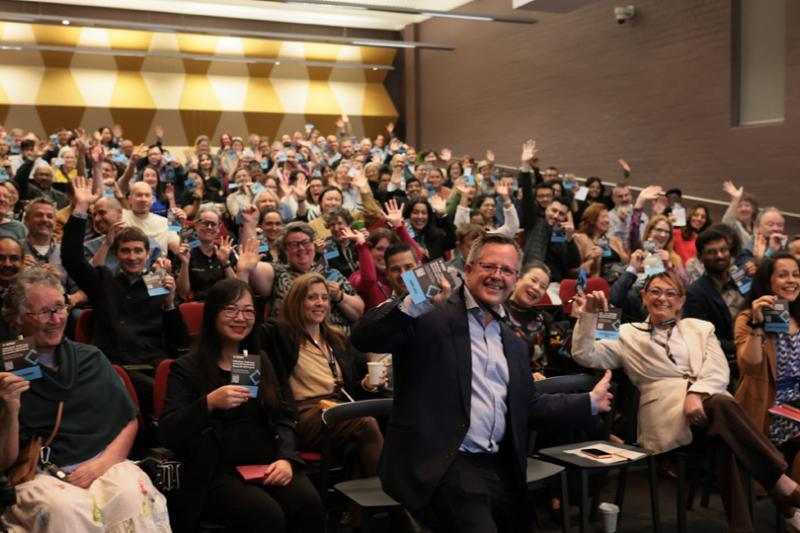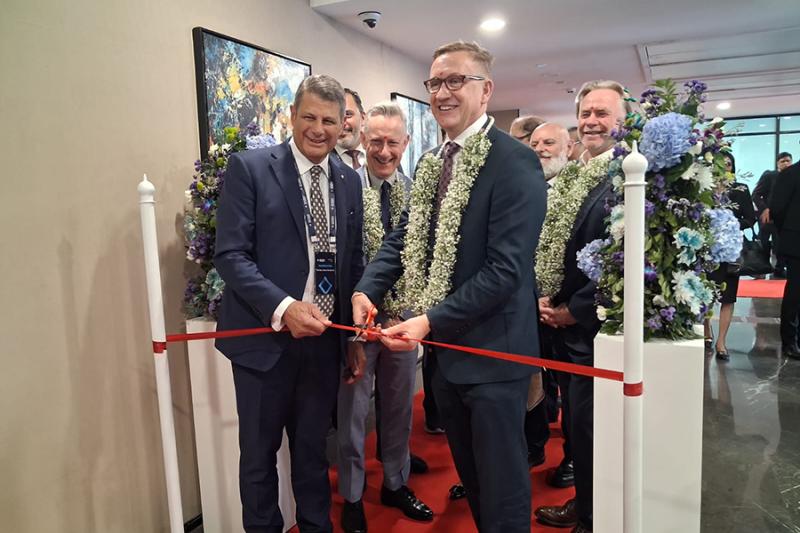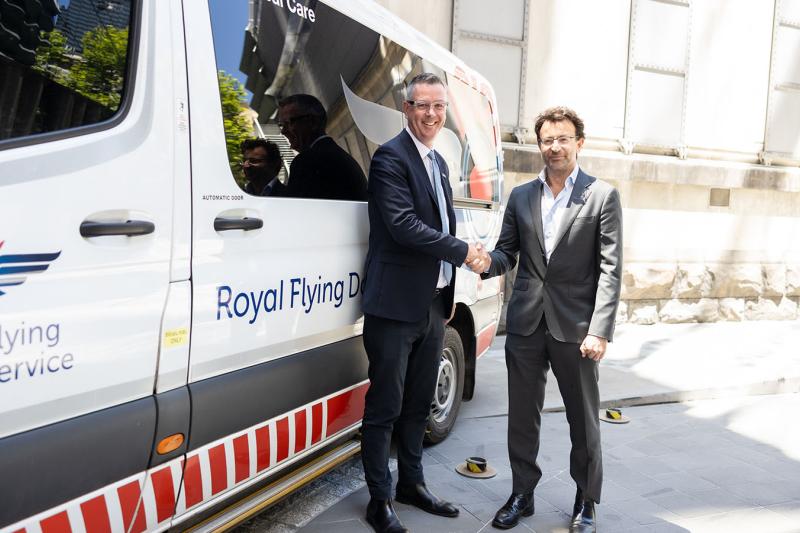After the fires are over

It sounds like the beginning of a joke: if a fire starts on a farm, what does the fireman save first? Yet prioritising valuable assets in an emergency is anything but trivial according to VU researcher Celeste Young.
In this real-life case, the farmer wanted his hay sheds saved because everything was insured yet his cattle couldn’t survive long without hay.
Young specialises in risk ownership and management related to natural hazard emergencies, which can involve earthquakes, tsunamis, fires, or floods occurring as a single event, or together – forcing communities into a sense of loss followed by recovery and opportunities to build resilience.
“Emergency services, policy-makers and media are initially focused on putting out the fires, but what is the long-term impact and emotional toll on communities after the fires are over?” she asked.
Young and her colleagues at the Institute for Sustainable Industries and Liveable Cities have developed a risk ownership framework for government, industry and the community so they can ask the hard questions about what’s important and who owns the risk for protecting it.
Process needs to be from the bottom up
Lessons after Victoria’s Black Saturday bushfires in 2009 showed these discussions need to be early, often, ongoing, and generated from the bottom up, she said.
“The framework doesn’t replace current risk processes but enhances what’s already there. It brings people together to decide what’s of value, how it’s at risk, and who’s going to protect it.
It’s not enough to outsource this function and think that someone in a truck will just turn up.”
And it’s not just physical infrastructure that’s included in discussions about value, she said.
“It can be the intangibles, such as a sense of cohesion for example, or anything you love that’s there and suddenly it’s not, such as the koalas we lost that are so much part of our national identity.”
It’s also important the process happens from the bottom-up so communities don’t have “a couple of people determining all this for them,” she said.
Social risks hard to quantify
Young said the insidious ‘social risks’ such as post-traumatic stress disorder also need addressing because their effects are akin to carbon monoxide: hard to quantify or notice until it’s too late.
Part of the difficulty with risk management, according to Young, is that recovery can take years.
“Two years of funding may be enough to rebuild structures, but psycho-social effects can last years.”
In fact, research suggests that offering funding and withdrawing it before a community fully recovers is more damaging than no funding at all, she said.
Young said it’s important Australians have evidence-based information to make the best decisions when it comes to risk ownership and management.
“At the moment, we’re in a very complex policy environment, and until we can have an honest conversation that uses science and contains human elements, we will be in trouble. We need to learn quickly how to have these kinds of conversation.”
Hear more from Celeste Young in VU’s Research Reveal podcast After the bushfires.



